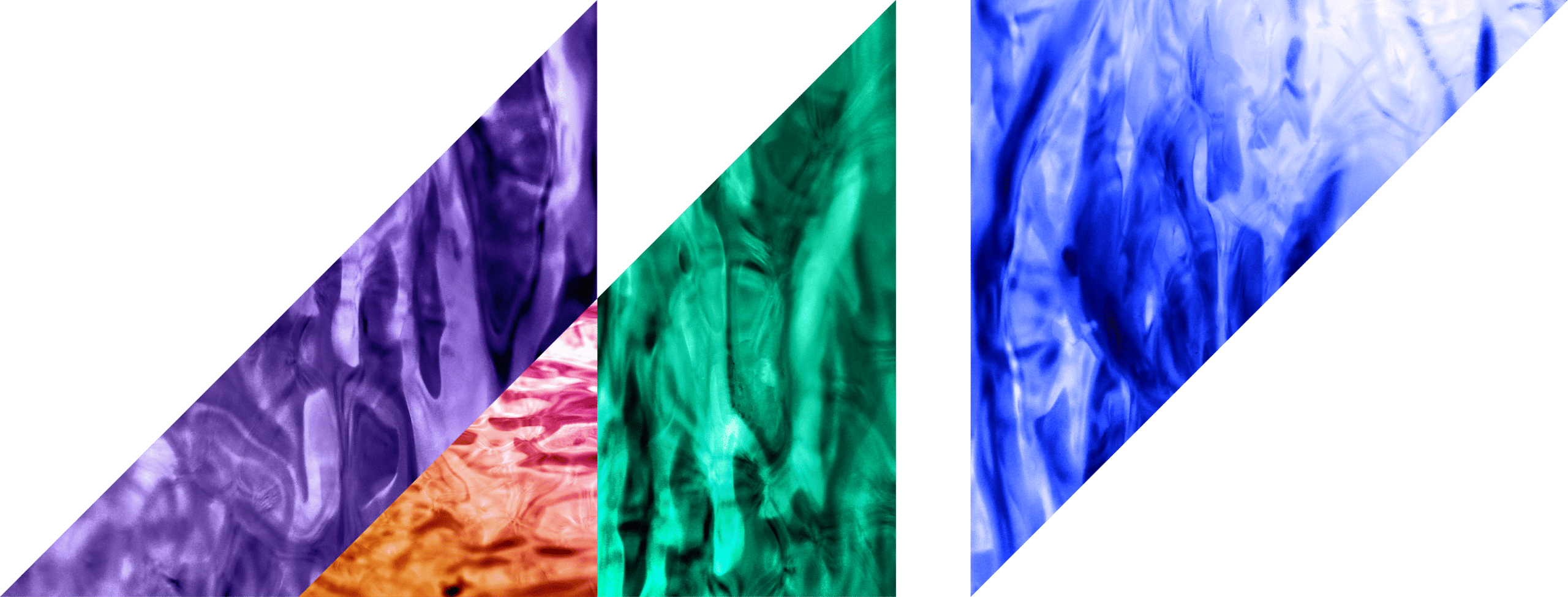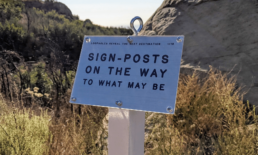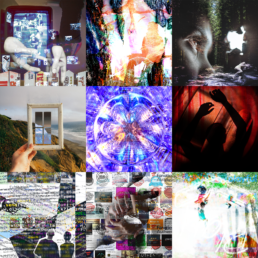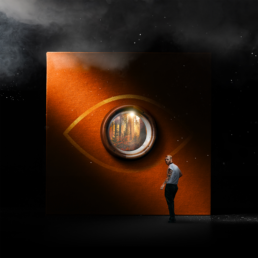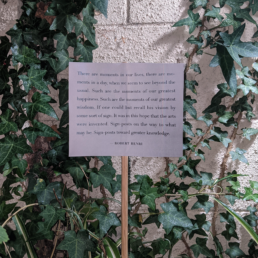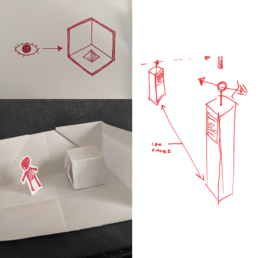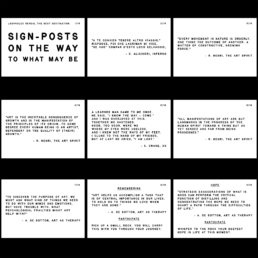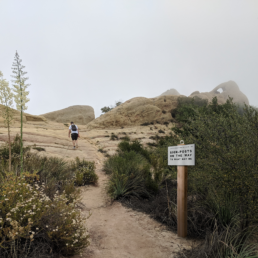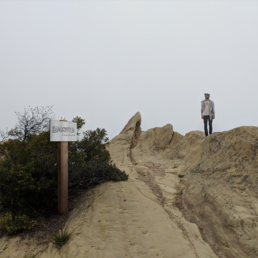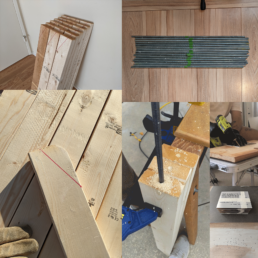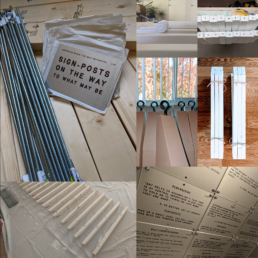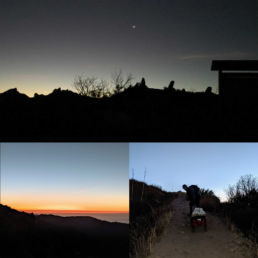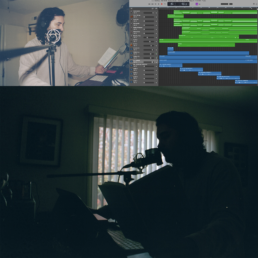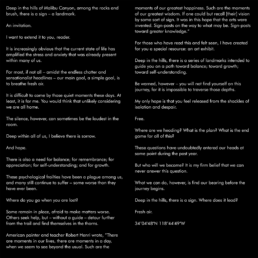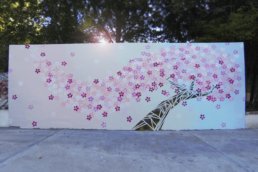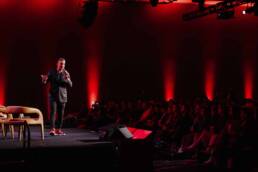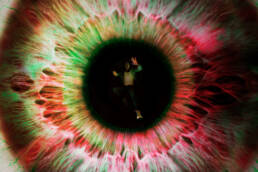SIGN-POSTS.
SIGN-POSTS.
This interactive exhibit, developed within the Graduate Graphic Design program at Otis College of Art and Design, aims to provide participants with both the means and the environment to engage in a solitary, outdoor, therapeutic exercise.
Utilizing concepts from Alain de Botton and John Armstrong’s 2013 book, Art as Therapy, the exhibition offers insight into how various forms of art can serve as vehicles for addressing one’s mental health.
The research and exhibition was presented for AIGA’s 2021 Design Educators Conference.
Exhibitions are both exploratory and immobile; impassioned and reticent; familiar and alien; informative and newsless; revolutionary and conventional; raw and refined; historical and modern; a window to the world and a mirror to ourselves. They are not merely a display of work or ideas, but a collective, isolated experience of the human condition.
Exhibitions provide viewers with a more informed and intimate experience with a given work. Exhibitions tend to reflect the perceived tone of the work displayed within the defined environment. However, the defined environment can also impact the perceived tone of the work displayed.
In order to provide viewers with a more informed and intimate experience of a given work or subject matter, three primary components must be present:
- Accessible Environment
- Content/Subject Matter
- Participant(s)
Exhibitions tend to reflect the perceived tone of the work displayed within the defined environment.
However, the defined environment can also impact the perceived tone of the work displayed.
In each example, these primary components are used to articulate a few of the many types of exhibitions – from those that build an environment to support the tone of the content to others that use the natural environment to cultivate a more intimate and interactive experience with the content.
However, I wanted to investigate:
Utilizing all three components, is it possible to leverage – not only the content and given environment of a particular exhibition, but also – the participant to cultivate a more inclusive and transformative experience?
Over the course of several weeks, utilizing local vendors and a swathe of equipment, the sign-posts were cut, sanded, drilled, and assembled until they were finally ready for installation.
Materials used include:
- 18 2X4s
- 18 3’ Rods of Rebar
- 108 8/32″ Machine Screws
- 18 Eye-screws
- 216 Holes Drilled
To everyone who helped print, cut, and assemble – thank you.
Installation:
Due to issues of legality surrounding the exhibit’s location, I cannot publicly name those who assisted with this project.
To everyone who woke up with me at 4:30 in the morning to install this project in the freezing cold – thank you.
Distribution:
As an accompaniment to this interactive journey, a two-minute, poetic documentary was developed that aims to depict the feeling and tone of the experience.
To everyone who listened and lent their voice – thank you.
OUTDOOR EXHIBIT
Interactive Art Therapy
